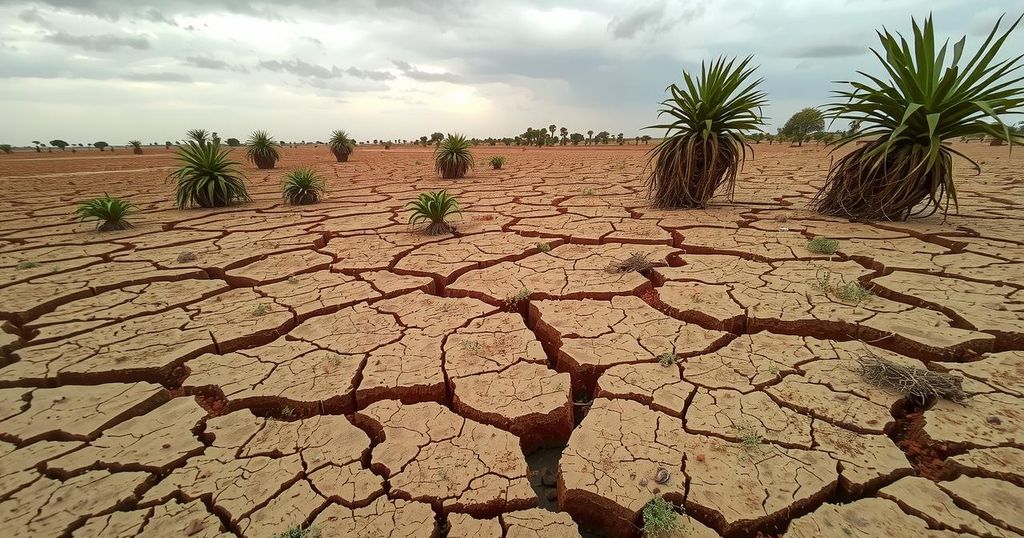Somalia’s Food Security Snapshot: April 2025 Update
Somalia’s food security situation is declining due to reduced cereal production linked to adverse weather conditions. Anticipated food shortages are exacerbated by increased humanitarian challenges, leading to a significant rise in severe acute food insecurity projections for mid-2025.
The Food Security Snapshot for Somalia outlines the current state of food security, highlighting significant challenges stemming from unfavorable weather conditions and reduced agricultural yields. Cereal production for 2024 has decreased mainly due to the poor performance of the October-December deyr rainy season, affecting both pasture availability and market prices for staple foods, which varied regionally.
The harvesting of the 2024 secondary deyr crops, which constitutes about 40% of total annual cereal output, took place in February 2025. However, insufficient rainfall during critical growing periods led to low grain production. Although November rains improved vegetation, early December droughts hampered maturation and delivery of a successful harvest. Consequently, the estimated total cereal output for 2024 reached only 127,000 tonnes, approximately 18% lower than the previous five-year average.
Pastoral regions are experiencing significant pasture and water shortages attributed to below-average rainfall during the 2024 deyr season. These shortages adversely affect livestock health and productivity until anticipated improvements arrive with the upcoming 2025 gu rains.
Cereal prices exhibited a mixed pattern in January 2025. In some regions, such as Lower Shabelle, maize prices decreased due to varying local harvest outputs and market challenges from insecurity. Conversely, sorghum exhibited price increases in certain markets. The livestock-to-cereal trade ratio has significantly declined, indicating reduced purchasing power for pastoralists.
The outlook for food security in Somalia is concerning, with projections indicating an increase in severe acute food insecurity from 3.4 million individuals (17% of the population) between January and March 2025 to 4.6 million (24% of the population) between April and June 2025. Key factors contributing to this decline include anticipated below-average rainfall and decreased humanitarian assistance, compounded by ongoing conflict and potential population displacement.
In summary, Somalia’s food security situation is precarious, heavily impacted by unfavorable weather patterns, leading to reduced cereal production and livestock challenges. Market dynamics show mixed trends, with rising food prices affecting purchasing power. The predicted increase in severe food insecurity underscores the urgent need for enhanced humanitarian assistance to address the looming crisis.
Original Source: reliefweb.int




Post Comment